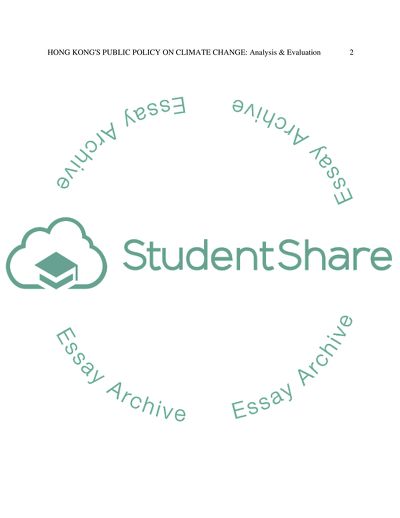Cite this document
(Hong Kong's Public Policy for Climate Change Term Paper, n.d.)
Hong Kong's Public Policy for Climate Change Term Paper. https://studentshare.org/environmental-studies/1773810-hong-kongs-public-policy-for-climate-change
Hong Kong's Public Policy for Climate Change Term Paper. https://studentshare.org/environmental-studies/1773810-hong-kongs-public-policy-for-climate-change
(Hong Kong'S Public Policy for Climate Change Term Paper)
Hong Kong'S Public Policy for Climate Change Term Paper. https://studentshare.org/environmental-studies/1773810-hong-kongs-public-policy-for-climate-change.
Hong Kong'S Public Policy for Climate Change Term Paper. https://studentshare.org/environmental-studies/1773810-hong-kongs-public-policy-for-climate-change.
“Hong Kong'S Public Policy for Climate Change Term Paper”. https://studentshare.org/environmental-studies/1773810-hong-kongs-public-policy-for-climate-change.


